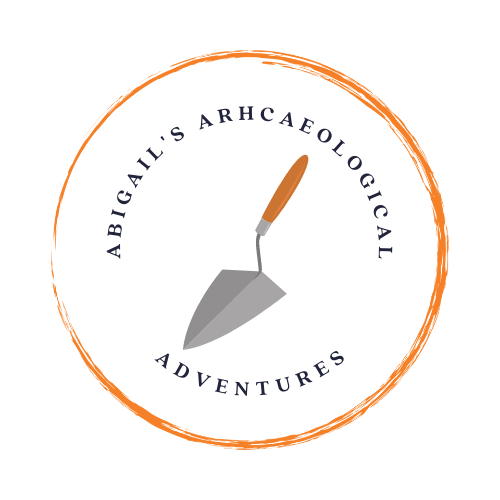The 2022 Shiloh excavation has come to a close. These past two weeks have been a whirlwind of activity. I didn’t supervise a square in Weeks 3 and 4. Instead, I focussed on processing the pottery and objects that we found.

As soon as we arrived at the site each morning, I started sorting the pottery from the previous day. I counted the number of pottery sherds from each excavation area and separated the body sherds from the diagnostic pieces. Diagnostic pottery includes rims, handles, and bases.
Once the pottery was sorted, I took my laptop and visited each square supervisor, making a record of any new loci (plural of locus). A locus is a specific excavation area such as a wall, silo, or soil layer.
By the time I was finished making the rounds, it was time to read pottery. Scott and Gary read the pottery by examining each sherd and determining the period to which it belonged. I recorded the reading on a tag. Suzanne bagged up the pottery and included the tag. Then Gayle entered the information into her laptop. Each square supervisor joined us at the pottery reading table while we read the pottery from his square and recorded the reading in his iPad.

After pottery reading, I made the rounds again, this time carrying a box. I collected all the objects (artifacts) that the teams had discovered so far. I then recorded all the pertinent data for each object in a spreadsheet on my laptop. Some of the data came from the square supervisors, who recorded information about the location where each object was found. Additionally, I weighted and measured each object and recorded that data as well.
On some days, I ended up with some free time after finishing my daily tasks. I tried to make myself useful during my extra time. Sometimes I helped with wet sifting, while other times I found a team that needed help excavating.
At 1:00 pm each day, the excavation ended and each team brought the pottery that they had found to the wet sifting stations. They filled their pottery pails with water and scrubbed the pottery clean. Everybody washed pottery until there was none left. We set out trays full of pottery to dry overnight.
By 2:00 pm, we were ready to leave the site each day and head back to the hotel in Jerusalem. When we arrived at the hotel, we gathered for object reading. We looked at each object that I had registered that day and determined what its classification was.
After object reading, I collected all of the square supervisors’ iPads and backed up the data that they had recorded that day. I also uploaded drone photos of each supervisor’s square and of the entire excavation area to the iPads.
By the time I was finished with the iPads, I usually had just enough time to get a quick shower before dinner. I tried to be in bed by 8:00 pm each evening in order to get a good night’s sleep before my alarm went off at 3:50 am the next morning.



5 responses to “Shiloh Weeks 3 and 4”
Hi Abigail. Thanks for the beautiful summary of your job. I know you work hard, and now I know HOW hard! 🤓 Bless you as you begin the process of cataloguing the dig! It was fabulous to get to know you!
LikeLike
Thanks Abigail! I enjoy your blogs and have kept up-to-date on the Shiloh excavations through them SNN videos. Did you end up finding the corner of the structure you were looking for in your square?
LikeLike
Hi Bryan,
Boyd, who took over my square, did eventually find what appears to be a corner, but he was not able to excavate far enough to confirm it. So, we will have to wait for next year to find out for sure.
LikeLike
Hi, Abigail. I enjoy reading your blogs, which help transport my mind to the dig. Bryan’s question is also my question: did you find “the corner”?
LikeLike
Busy days. Exciting days. Blessed days.
LikeLike